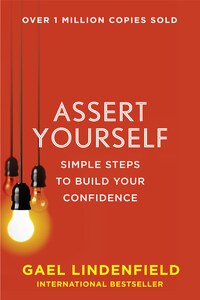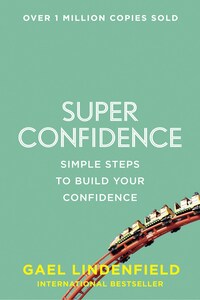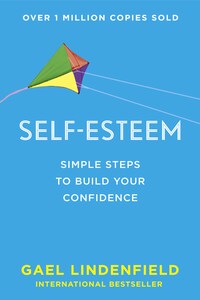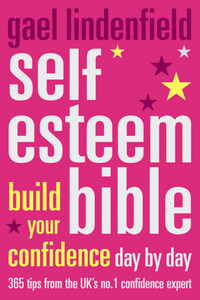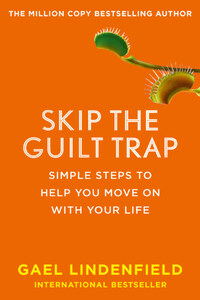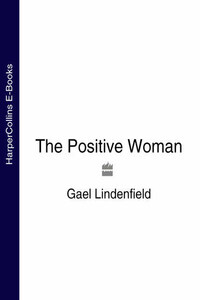Emotional Confidence: Simple Steps to Build Your Confidence
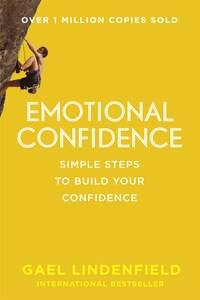
О книге
Knowing how our feelings work allows us to tame our temperament. Gael Lindenfield takes the latest research into the body/mind/behaviour cycle and explores how we can control our body, mind and behaviour to have healthy relationships, happy selves and successful working lives.
Many who are emotionally highly-strung are given tips to
Автор
Читать Emotional Confidence: Simple Steps to Build Your Confidence онлайн беплатно
Шрифт
Интервал
Вам будет интересно
